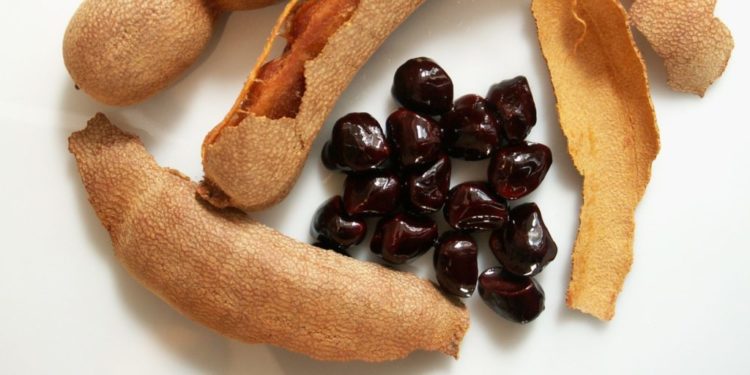
A team of scientists from Norway, Singapore, and India has found a way to convert tamarind shells into carbon nanoshells which is a key component of supercapacitors potentially able to play a larger role in energy storage, next-gen electric vehicles, and charging infrastructure.
The team whose study was recently published in the scientific journal Chemosphere believes that the tamarind-shell nanosheets, when scaled up, could be an eco-friendly alternative to their industrially produced counterparts, and cut down on waste at the same time.
Tamarind is a tropical fruit consumed worldwide. The bulky shells are rich in carbon and porous in nature, making them an ideal material from which to manufacture carbon nanosheets.
The team consisted of researchers from Nanyang Technological University Singapore, the Western Norway University of Applied Sciences, and Alagappa University in India. Assistant professor (Steve) Cuong Dang of NTU’s School of Electrical and Electronic Engineering, who led the study, said, “We found that the performance of our tamarind shell-derived nanosheets was comparable to their industrially made counterparts in terms of porous structure and electrochemical properties. The process to make the nanosheets is also the standard method to produce active carbon nanosheets.”
The study also showed that the tamarind-shell nanosheets have good thermal stability and electric conductivity, making them promising options for energy storage.
Currently, the team is working on making the production process more eco-friendly by reducing the energy needed while also seeking to improve the electrochemical properties of the nanosheets. The researchers hope to be able to explore large-scale production of the nanosheets with agricultural partners and also hope to explore the possibility of using different types of fruit skins or shells to produce carbon nanosheets.
Source: Electrek

One Comment on “Scientists from Norway, Singapore, and India examine tamarind shells as charging infrastructure”